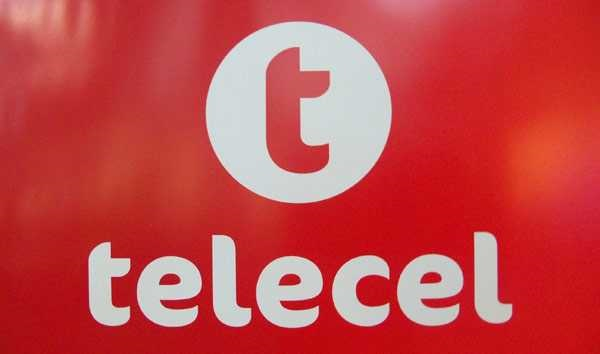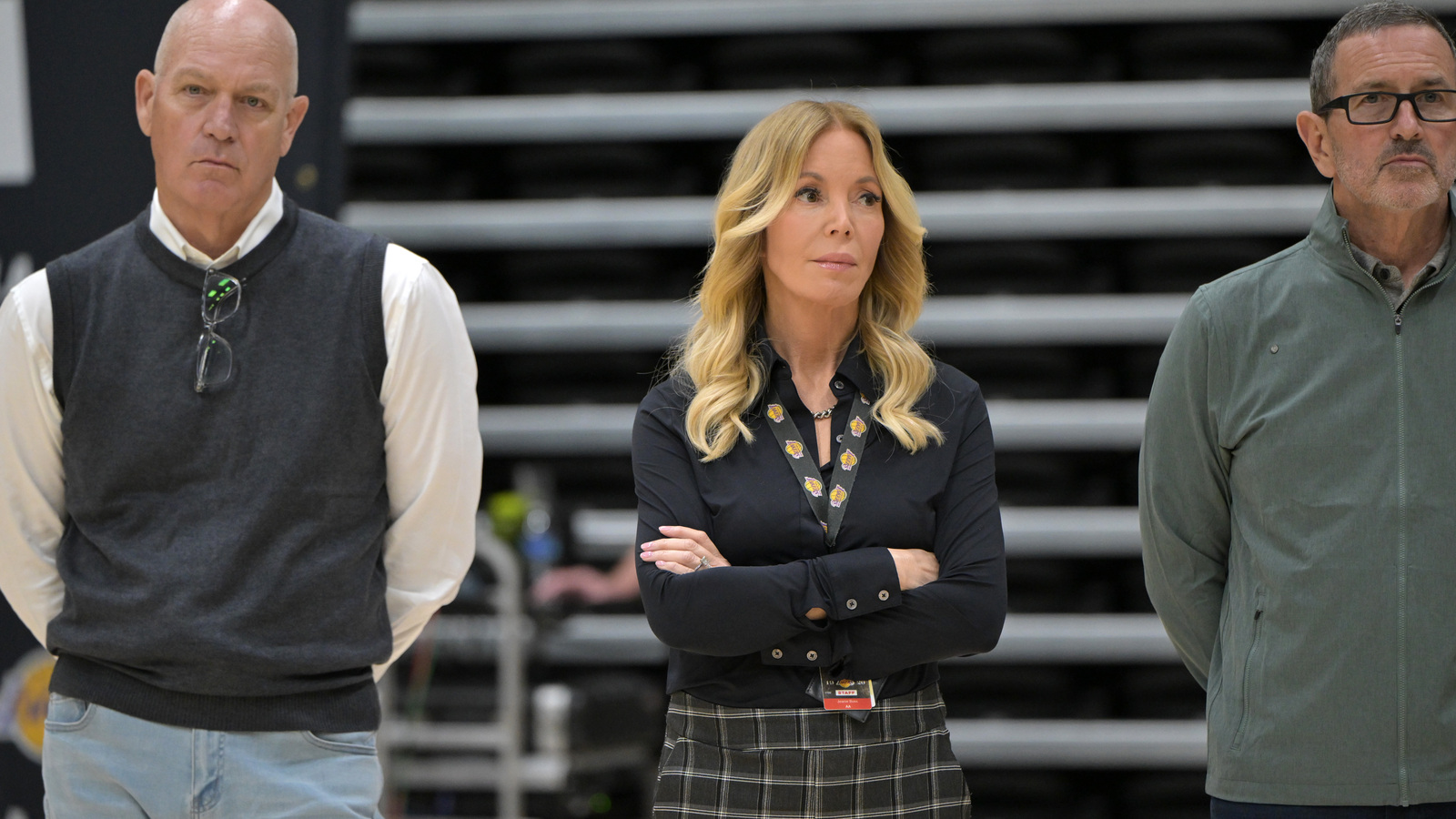Building a Profitability Roadmap in Your Financial Model - Balanced Business Group
Profitability. It’s a word every investor, lender, and — let’s be honest — founder wants to hear. In my work with Napa Valley wineries and emerging CPG brands, I’ve seen how a well-built financial model with a clear profitability roadmap becomes a strategic asset. It tells you if your business can become profitable, in addition to precisely when, how, under what conditions, and at what cost.
Most founders I work with know they need to hit profitability eventually, but they don’t always know how to reflect that journey in their model. I teach them that costs scale in different ways. Some rise with each unit sold; others jump when you expand your team, outsource logistics, invest in software, or lease a new facility. It’s important not to be overly optimistic here. A grounded, realistic model helps you anticipate risks, manage growth responsibly, uncover opportunities, and avoid expensive surprises.
In this article, I walk you through how to build a financial model for profitability that’s practical, investor-ready, and tailored to how your business grows.
When I help founders map out their profitability roadmap, we always start with unit economics — specifically, contribution margin. It’s the number that tells you how much profit each product generates after you’ve covered variable costs. And it’s the starting point for any realistic financial model for profitability.
You need to base your unit economics on where your variable costs are right now, not where you hope they’ll be once you scale. I see this mistake far too often. Founders forecast dreamy margins based on bulk discounts or future production upgrades that don’t yet exist.
And don’t gloss over trade spend. I can’t stress that enough. For CPG brands, trade spend is often the largest hidden variable cost. That includes slotting fees, free fills, promotional allowances, and distributor markups, which eat into your margin long before you see the sale hit your books.
Say you're launching a CPG snack brand and selling a bar for $3.00. The raw ingredients and packaging cost $1.00. Freight adds $0.25 per bar. Trade spend averages another $0.50 per unit. Your total variable cost is $1.75, leaving you with a contribution margin of $1.25 per bar, or just over 40%. That $1.25 is what you use to pay down fixed costs, like salaries, rent, and software, and eventually generate profit.
These margins tell you:
And this tracking needs to happen SKU by SKU, especially if your product mix varies in size, format, or price point.
One of the first things I teach founders is that fixed costs rarely behave the way we want them to. They don’t rise smoothly as your business grows. You might hold expenses steady for 6 months, then hire three people and add a new software platform in one quarter. That’s a step change. If your financial model doesn’t account for those jumps, your profitability roadmap will mislead you.
Consider staffing. Maybe you’re fine running fulfillment and wholesale sales at $500,000 in revenue. But when you cross $1 million, the wheels start to wobble. Suddenly, you need a Head of Sales and a fulfillment manager. That’s not just $100,000 in new salaries.
It’s benefits, payroll software, and onboarding time.
In the models I build, I tie expenses to revenue thresholds, volume markers, or headcount milestones. That way, as the business grows in the model, the fixed costs grow in realistic bursts (not a neat diagonal line).
Some outside input goes a long way here. Talk to your peers. Ask your suppliers what happens when you double capacity. Ask other CPG founders what it costs to switch to outsourced logistics. Vendors are often happy to give you pricing tiers in advance. Friends, advisors, and ChatGPT can help you sanity-check assumptions and brainstorm scenarios you haven’t yet faced. The more grounded your assumptions, the more valuable your financial model becomes.
Put simply, if you're growing strategically, your cost per unit should go down. The secret is knowing which costs are likely to shrink, when those shifts occur, and how to model them with realistic timing.
I’ve seen clear areas where scale drives efficiency. Buying ingredients or packaging in larger quantities can bring unit prices down by 5%, 8%, or even more if you’ve done the vendor legwork. Shipping costs per case can drop when you move from small parcel to pallet, or from less-than-truckload to full truckload, especially if you work with the right 3PL partner. Software licenses that once cost you $100 per employee may flatten as your user count rises. Even fixed costs like rent or salaries become more efficient when spread across a higher volume — what we call overhead absorption.
But here’s the catch. These improvements don’t happen automatically. Your financial model for profitability needs to reflect them gradually and intentionally. I usually model the cost of goods sold percentage as decreasing in small increments tied to volume thresholds, such as a 1% margin improvement at 25,000 units, another bump at 50,000, and a third at 100,000. The same goes for freight. Map in lower rates when your shipping method or fulfillment provider changes.
In some models I’ve built, just a 3% gross margin improvement brought breakeven forward by 6 months. That’s why we always revisit the profitability roadmap after updating vendor contracts, scaling production, or changing distribution strategy.
Don’t guess the numbers. Ask your ingredient suppliers about volume discounts. Ask your CFO. And if you don’t have one yet, ask us. Solid inputs lead to smarter decisions.
Once your model reflects true unit economics and realistic scaling costs, you can start mapping the inflection points that define your path to profitability. These are the revenue milestones where something major shifts. They should be backed by the numbers in your financial model and tied to real triggers like new account wins, margin improvements, or operational upgrades.
The first step is identifying breakeven, the point where your revenue covers all fixed and variable costs. Here’s the basic formula:
Breakeven Revenue = Total Fixed Costs ÷ Contribution Margin %
If your fixed costs total $900,000 annually and your contribution margin is 50%, you need to generate $1.8 million in revenue to break even. That’s a milestone worth circling in red because until you pass it, you’re burning cash.
But breakeven is just the beginning. Next, we forecast when the company will become EBITDA-positive. That’s when operating income turns positive before accounting for interest, taxes, depreciation, and amortization.
To make these milestones easier to visualize and communicate, I encourage founders to build a simple chart into their financial model and pitch deck. A basic cumulative profit line graph works well, with labeled arrows that mark each profitability shift. If you're presenting to investors, this chart becomes the backbone of your financial story.
Here’s one way to lay that out in your pitch materials:
Breakeven $1.8M Streamlined COGS and steady channel growth No longer burning cash
EBITDA Positive $2.5M Higher-margin SKUs + reduced trade spend Operating profit begins
Net Income Positive ~$3.2M Lower debt service + stable SG&A Profits after all costs
Cumulative Payback ~$4.0M. Retained earnings surpass early losses Business has repaid the initial investment
These inflection points should appear in every pitch deck. That includes where you’re going, how long it’ll take to get there, and what levers you’re pulling along the way. Stakeholders don’t just want numbers. They want narrative. They want to see when the company turns the corner and what’s driving that change.
Profitability forecasting helps you plan with precision. It gives structure to decisions around hiring, pricing, capital needs, and timing, based on how your business actually performs. At BBG, we build CPG and winery financial models that reflect real-world complexity, not idealized forecasts.
If you're calculating your next stage of growth, revisit How to Calculate Breakeven for a CPG Company, explore The 5 Most Important KPIs for Emerging CPG Brands, or check out Key Performance Indicators for Boutique Wineries.
For support customized to your CPG brand, visit our finance services page or contact us.
: Maggie Ojeda
With 9 years of experience in finance, specializing in Financial Planning & Analysis (FP&A) and cost management, Maggie Ojeda is a trusted expert in delivering actionable financial insights. She spent 4 years at Grupo Peñaflor, one of Argentina’s top wine producers, where she developed a deep understanding of the wine industry’s financial complexities. Currently, as the FP&A Team Lead at BBG, she leads financial strategy for Napa Valley boutique wineries and emerging CPG brands. Her expertise in financial modeling, variance analysis, and cost management enables her clients to make informed, strategic decisions for business growth.











